Our Lady of Guadalupe Floribunda Rose
$16.00 Original price was: $16.00.$9.90Current price is: $9.90.
Genus:Rosa
Species:hybrid
Variety:’JACveryp’
Zone:5 – 9
Bloom Start to End:Late Spring – Late Fall
Plant Height:3 ft
Plant Width:3 ft;Bloom Size:3 in;Petal Count:25
Additional Characteristics:Bloom First Year,Easy Care Plants,Free Bloomer,Pruning Recommended
Bloom Color:Pink;Bud Shape:Ovoid,Pointed
Foliage Color:Dark Green,Glossy;Fragrance:Sweet,Light
Light Requirements:Full Sun
Moisture Requirements:Moist, well-drained
Resistance:Disease Resistant
Soil Tolerance:Normal, loamy
Uses:Beds,Border,Cut Flowers,Landscapes
From the soft pink color to the sweet fragrance, Our Lady of Guadalupe Floribunda Rose is a tribute to a simpler, perhaps more elegant, time of Sunday drives and afternoon tea. A Jackson & Perkins original, this floribunda is versatile and extremely durable that blooms heavily early and continues vigorously throughout the season.
Producing generous clusters of silver-tinged, 3-inch blooms featuring layers of ruffled, whorled petals, Our Lady of Guadalupe Floribunda Rose maintains its vigor through the hottest, most humid days of summer. Opening from pointed buds into high-centered blooms containing as many as 25 petals, the shrub can grow to 3 feet high and wide, making it an excellent option for low hedge, a border accent or the centerpiece of a floral display.
The sweet fragrance of the blooms add to the comfortable, relaxed ambiance created by a cultivar with the charms of days gone by but the strength, vivid color, productivity and disease resistance of the most modern roses. The vigorousness of the diminutive shrub will pleasantly surprise first-time growers, allowing frequent snips for cut flowers.
Due to its compact size, Our Lady of Guadalupe Floribunda Rose can be grown outside its normal climate range with winter protection. The durable shrub is resistant to pests, powdery mildew and rust. Few roses are as productive with as little maintenance.
The beautiful cultivar thrives in full sun and well-drained soil. Spring pruning is recommended as is the removal of dead and old wood. Canes should be trimmed by about one-third in the winter, more in colder climates.
| Weight | 1 kg |
|---|---|
| Dimensions | 1 × 1 × 1 cm |
Shipping Time
Shipping is an additional 15-35 business days depending on location. Shipping time will be provided at checkout.
Returns
If seeds fail to leave China, we will refund your payment 100%. But if seeds fail to reach you due to customs problem on your side which we were not informed in advance, we will not be able to bear any loss, and no refund will be made.
We sell only viable plants seeds online, and test germination of our seeds from time to time. So we will not be able to refund for seeds that clients fail to germinate, unless we are convinced that it's truly problem of our seeds.
———
Please send us an email: [email protected] and be as detailed as possible while filling in the information.
After submission, We will reply to you within 24 hours. Please be patient.
———
CHARGEBACKS & DISPUTES
Please contact us by email before opening a merchant chargeback or payment dispute, as we can generally resolve the issue before that takes place. Any chargebacks and disputes disable our ability to issue refunds or credits due to funds being frozen.
———
REFUND, EXCHANGE AND RETURN
Customers have the right to request a refund/ return/ exchange within 14 days from the delivery date. Our Customer Service team will offer the best solutions for specific situations.

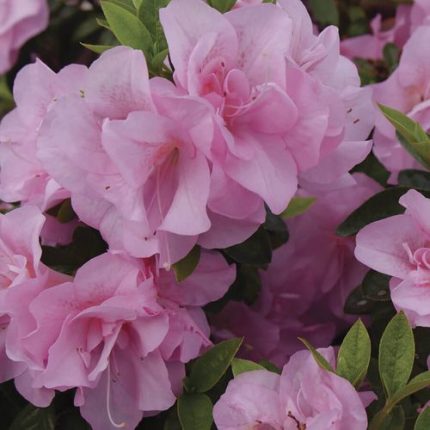
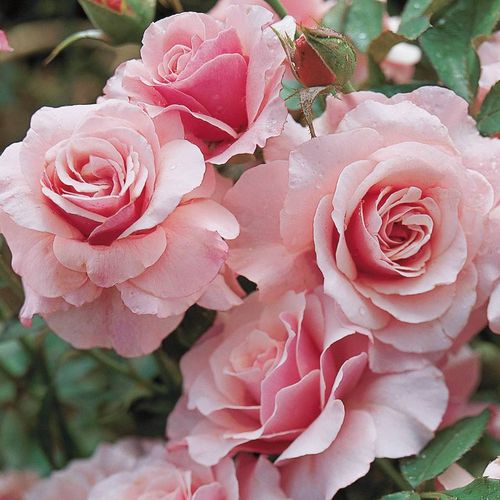
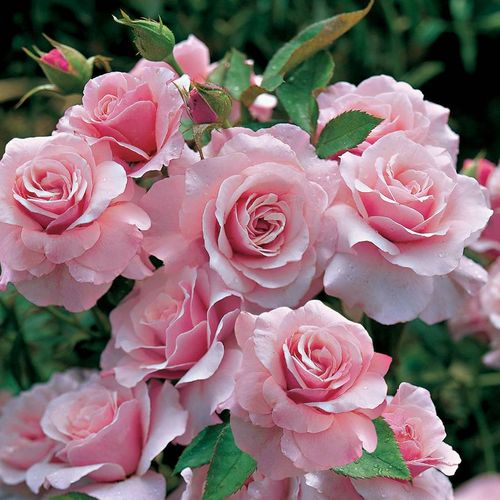
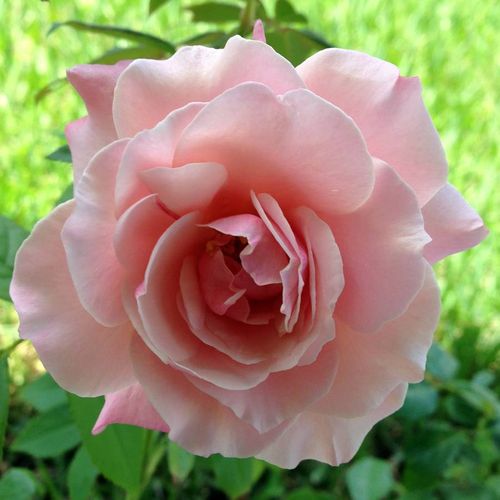
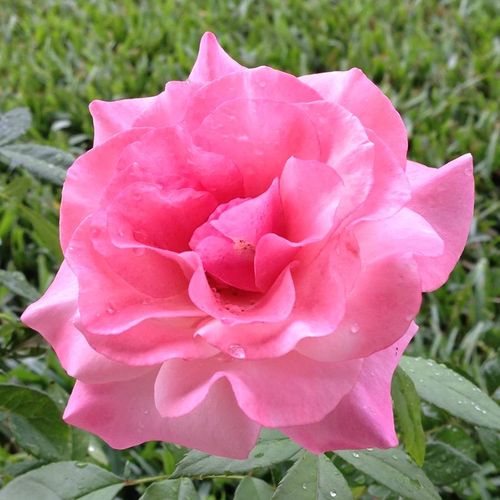
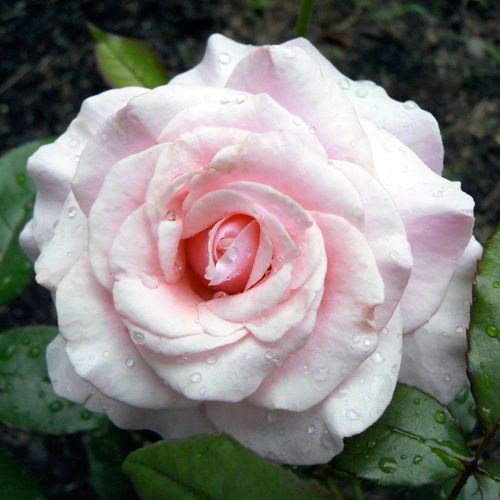
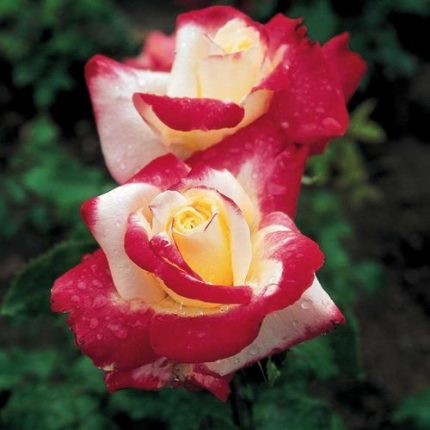
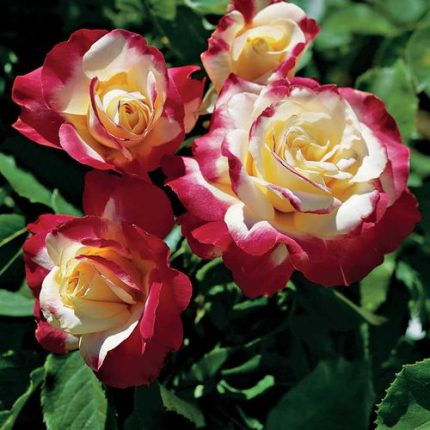
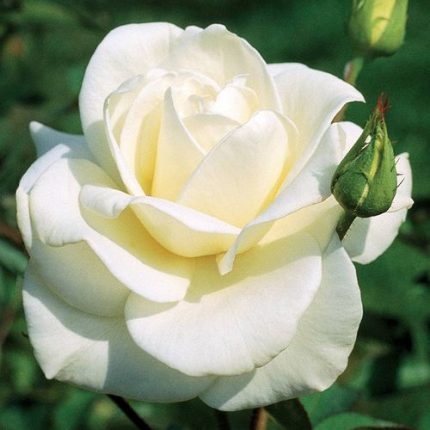
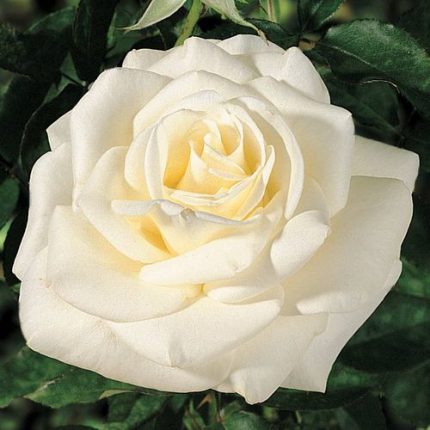
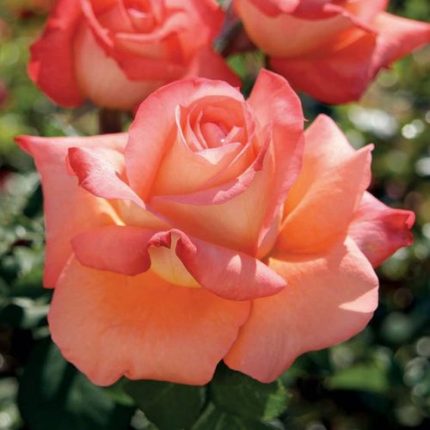
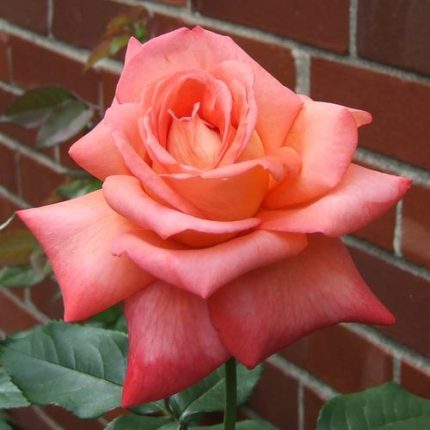
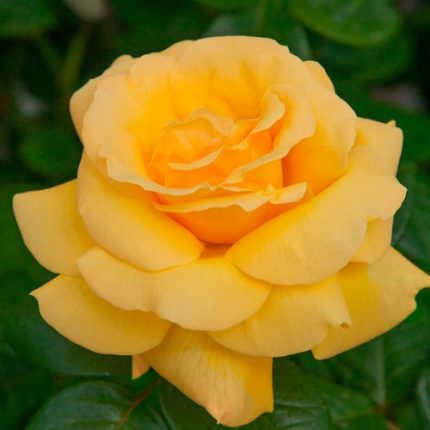
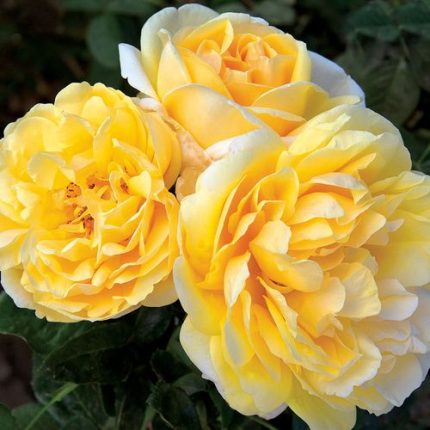
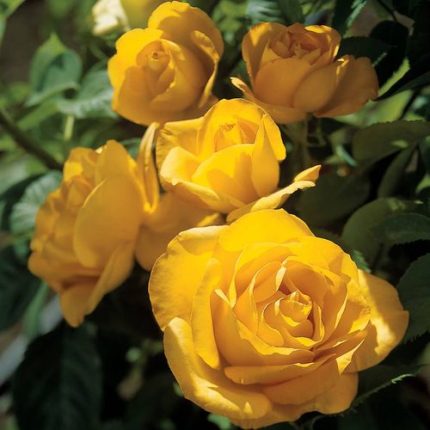
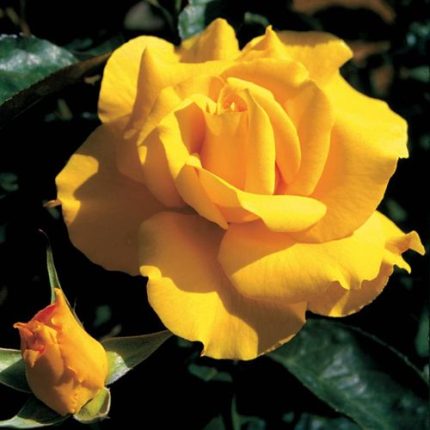
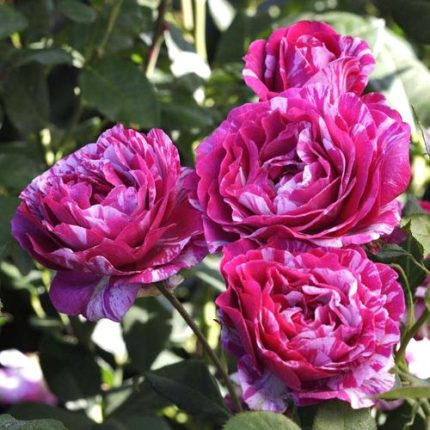
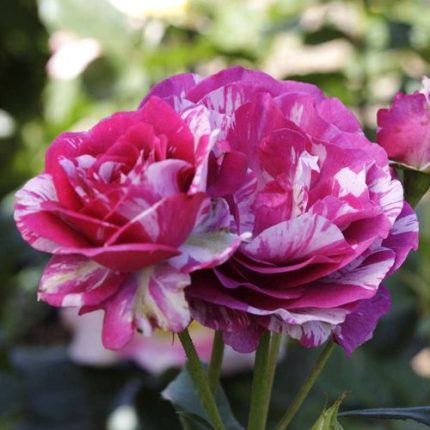
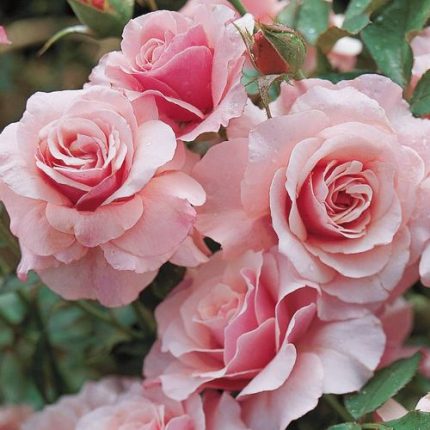
Reviews
There are no reviews yet.